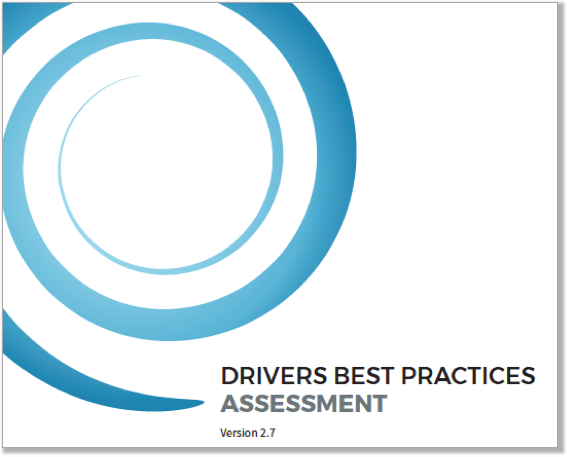
Have you ever been part of an organization that was about to start using a new practice, or part of a team trying to figure out why the results of using a practice or program weren’t as expected? It can be hard to know where to start and difficult to figure out where to focus your efforts. An assessment of your current supports and resources for the practice or program can show you what is working and where to find your opportunities for improvement. One such tool is our revised Drivers Best Practices Assessment (DBPA). Specifically, organizations can use the DBPA to:
- Identify strengths and opportunities for improvement in their current supports and resources;
- Select and tailor implementation best practices to strengthen staff competency and organizational practices; and
- Provide an implementation team with a structured process to develop an action plan and data to monitor progress.
It is important to note that the DBPA is administered for a specific practice or program, rather than for the organization in general. The assessment is completed by an implementation team and others knowledgeable about the organization’s use of the program/practice.
The basis of the Drivers Best Practices Assessment is derived from implementation science research and the Active Implementation Framework of the Implementation Drivers (Fixsen, Naoom, Blasé, Friedman, & Wallace, 2005; Metz, Bartley, Ball, Wilson, Naoom, & Redmond, 2014). Implementation Drivers are core components or building blocks of the infrastructure needed to support practice, organizational, and systems change. The Drivers emerged from a synthesis of commonalities among successfully implemented programs and practices.
We are excited here at NIRN to release an updated version of the DBPA based on review of current literature, our key experiences across different sectors, and usability testing of the tool in various contexts (e.g., Public Health, Child Welfare, K-12 Education). Throughout this process of development, feedback from organization leaders, staff, and key stakeholders has been incorporated. A summary of the improvements made include:
- New items for the Organizational Drivers of Facilitative Administration and Systems Intervention. The new items provide greater operationalization of best practices within these drivers.
- Removal of the Leadership scale. The work of leaders is now captured within the Organizational Drivers of Facilitative Administration and Systems Intervention items.
- Simplified language and use of “jargon” within the items.
- Added clarity and specificity to scoring criteria of items.
- Expanded upon potential data sources for various practices.
Please review this new version of the Drivers Best Practice Assessment and let us know in comments:
- How is the DBPA helpful to your work in supporting use of practices/program?
- What questions or comments do you have regarding the improvements to the DBPA?
- What resources are needed to support your use of the DBPA?
NIRN also has created a publicly available web-based data system for real-time data capture and reporting of DBPA results. If you are interested in learning more about how to access the online system, please email nirn@unc.edu.
Stay tuned for an online module to support effective administration of the DBPA, expected to be released in Fall of 2019!
